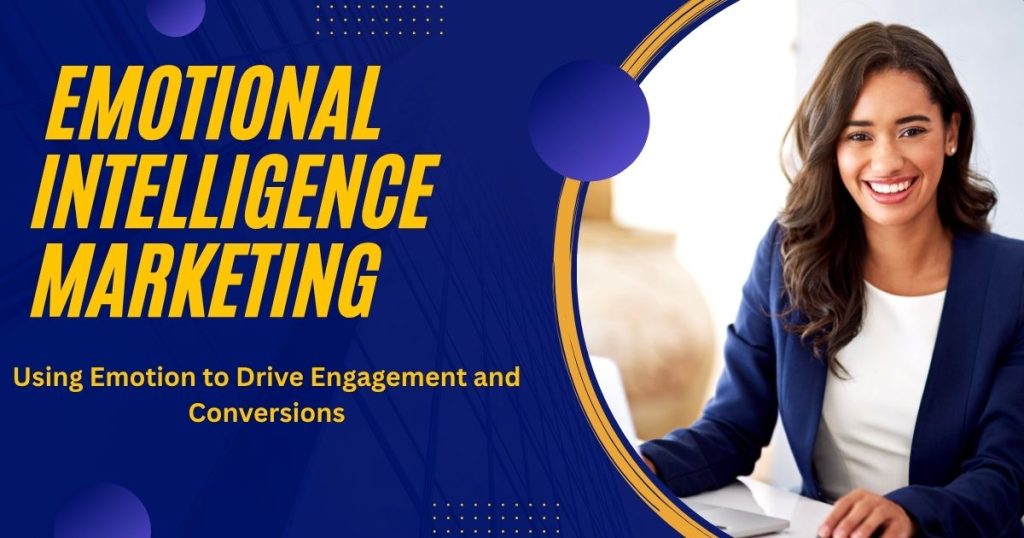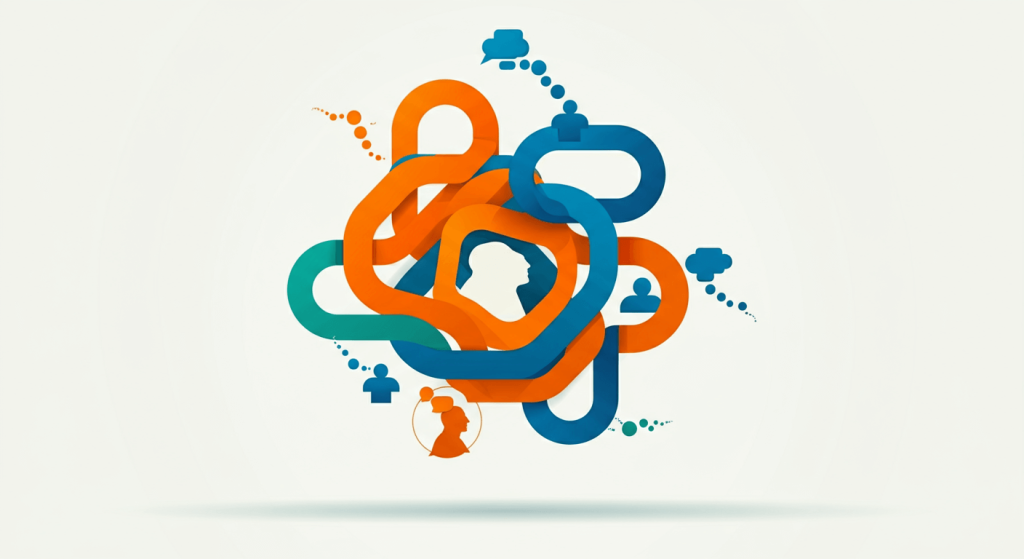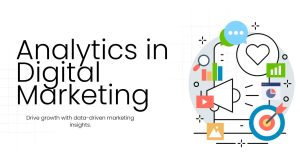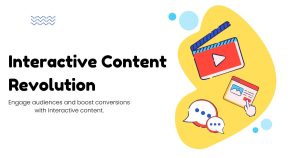How Emotional Intelligence Marketing Transforms Customer Connections

Most marketing campaigns rely on logic, features, and competitive advantages to drive conversions. But the most successful brands understand a fundamental truth: customers make decisions with their hearts first, then justify with their heads. This is where emotional intelligence marketing becomes your competitive edge.
Emotional intelligence marketing combines psychological insights with strategic messaging to create deeper, more meaningful customer relationships. Rather than simply promoting products or services, this approach recognizes and responds to the emotional states, needs, and motivations that drive consumer behavior.
Companies implementing emotional intelligence marketing strategies see remarkable results. They build stronger brand loyalty, achieve higher conversion rates, and create customer experiences that resonate long after the initial interaction. This guide explores how to harness emotional intelligence to transform your marketing effectiveness and create genuine connections with your audience.
Understanding Emotional Intelligence in Marketing
Emotional intelligence marketing operates on four core principles that mirror traditional emotional intelligence frameworks: self-awareness, social awareness, self-regulation, and relationship management.
Self-awareness involves understanding your brand’s emotional impact and the feelings your messaging evokes. This means honestly assessing how customers perceive your communications and recognizing when your intended message differs from the received emotional signal.
Social awareness focuses on reading and understanding your audience’s emotional states, needs, and motivations. This goes beyond demographic data to include emotional triggers, stress points, and aspirational feelings that influence purchasing decisions.
Self-regulation refers to managing your brand’s emotional expression consistently across all touchpoints. Your messaging should align with your audience’s emotional needs while maintaining authentic brand voice and values.
Relationship management involves using emotional insights to build lasting connections rather than pursuing short-term transactional wins. This approach prioritizes customer lifetime value over immediate conversions.
The Science Behind Emotional Decision Making
Neuroscience research reveals that emotions significantly influence decision-making processes, often more than rational analysis. The limbic system processes emotional information faster than the prefrontal cortex handles logical evaluation, meaning customers develop gut feelings about brands before conscious analysis begins.
Mirror neurons help explain why emotional marketing resonates so powerfully. When customers see others experiencing positive emotions connected to a brand, their brains literally mirror those emotional states, creating empathetic connections that drive purchase intent.
Loss aversion psychology demonstrates why fear-based messaging can be effective when used appropriately. Customers feel losses approximately twice as intensely as equivalent gains, making emotional appeals about avoiding negative outcomes particularly compelling.
However, successful emotional intelligence marketing balances emotional triggers with rational justification. Customers need emotional motivation to act but also require logical reasons to feel confident about their decisions.

Identifying Your Audience’s Emotional Drivers
Effective emotional intelligence marketing begins with deep audience research that goes beyond traditional demographics. You need to understand the emotional landscape your customers navigate daily.
Conduct empathy mapping exercises that explore what customers think, feel, see, hear, say, and do throughout their journey with your brand. This process reveals emotional pain points and positive moments that inform messaging strategy.
Social listening provides valuable emotional insights by analyzing the language customers use when discussing your industry, competitors, and brand. Pay attention to emotional words, frustration indicators, and excitement markers that reveal underlying feelings.
Customer interviews should include questions about feelings, motivations, and fears related to your product category. Ask about their ideal outcomes and worst-case scenarios to understand the emotional stakes involved in their decisions.
Create detailed personas that include emotional profiles alongside traditional demographic information. Document their primary fears, aspirations, values, and emotional triggers that influence behavior in your market.
Emotional Intelligence Marketing Strategies

Storytelling That Resonates
Compelling brand stories tap into universal human emotions while remaining authentic to your brand values. Focus on transformation narratives that show customers moving from current frustration to desired emotional states through your solution.
Use sensory details and emotional language that helps audiences visualize and feel the experiences you describe. Rather than simply stating benefits, paint pictures of how life improves when customers choose your brand.
Customer success stories become particularly powerful when they emphasize emotional transformation alongside practical results. Show how your solution didn’t just solve a problem but improved how customers feel about themselves or their situation.
Empathetic Content Creation
Develop content that acknowledges and validates customer emotions before presenting solutions. This approach builds trust by demonstrating genuine understanding of customer experiences.
Educational content should address both practical questions and emotional concerns. For example, financial services content might explain loan processes while also addressing anxiety about debt or excitement about homeownership.
Use emotional language appropriately for your brand voice and audience expectations. B2B audiences still experience emotions but may prefer more subtle emotional appeals than B2C consumers.
Personalized Emotional Experiences
Leverage data analytics to understand individual customer emotional states and preferences. Purchase history, browsing behavior, and engagement patterns reveal emotional motivations that inform personalized messaging.
Email marketing becomes more effective when it acknowledges emotional context. A customer who abandoned a cart might receive different emotional messaging than someone actively researching multiple options.
Website personalization can adapt messaging based on traffic sources, previous visits, and behavioral indicators that suggest emotional states or decision-making phases.
Measuring Emotional Engagement
Traditional marketing metrics provide incomplete pictures of emotional intelligence marketing effectiveness. Supplement standard KPIs with emotional engagement indicators that reveal deeper customer connections.
Sentiment analysis tools can evaluate customer emotional responses across social media, reviews, and customer service interactions. Track emotional language trends over time to measure brand perception changes.
Engagement quality metrics like time spent consuming content, return visit frequency, and social sharing patterns often indicate emotional connection better than simple conversion rates.
Net Promoter Score (NPS) surveys can include emotional questions about how customers feel about your brand and whether emotional needs are being met. This provides quantitative data about emotional satisfaction levels.
Customer lifetime value often increases when emotional connections strengthen, making CLV an important indicator of emotional intelligence marketing success.
Common Emotional Intelligence Marketing Mistakes
Many brands attempt emotional marketing without sufficient audience understanding, leading to messages that feel manipulative rather than authentic. Avoid emotional appeals that don’t align with customer actual experiences or your brand’s ability to deliver.
Overusing emotional triggers can create fatigue and skepticism among audiences. Balance emotional appeals with rational information and avoid manufactured urgency that doesn’t reflect genuine customer needs.
Inconsistent emotional messaging across channels confuses customers and weakens brand trust. Ensure your emotional intelligence marketing strategy aligns across all customer touchpoints and team members understand the emotional positioning.
Focusing solely on positive emotions limits marketing effectiveness. Customers experience complex emotional ranges, and acknowledging challenges or concerns can build stronger trust than perpetually optimistic messaging.

Building Emotional Intelligence Marketing Teams
Successful emotional intelligence marketing requires team members who understand both marketing strategy and human psychology. Invest in training that develops empathy skills alongside technical marketing capabilities.
Encourage team members to regularly interact with customers through support channels, sales calls, or user research sessions. Direct customer contact builds emotional intelligence more effectively than secondhand reports or data analysis alone.
Create processes that capture and share emotional insights across marketing, sales, and customer service teams. Customer emotions should inform decision-making throughout the organization, not just marketing campaigns.
Regularly review and discuss customer feedback as a team, focusing on emotional content and implications for future messaging strategies.
Driving Authentic Customer Connections
Emotional intelligence marketing transforms superficial brand-customer relationships into meaningful connections that drive long-term business success. By understanding, acknowledging, and responding to customer emotions, brands create experiences that customers remember, value, and recommend to others.
Start implementing emotional intelligence marketing by deeply researching your audience’s emotional landscape. Develop messaging strategies that acknowledge these emotions while providing genuine solutions to both practical and emotional needs.
Remember that emotional intelligence marketing requires ongoing refinement based on customer feedback and changing emotional needs. The brands that continuously develop their emotional intelligence capabilities will build the strongest customer relationships and achieve the most sustainable competitive advantages.





